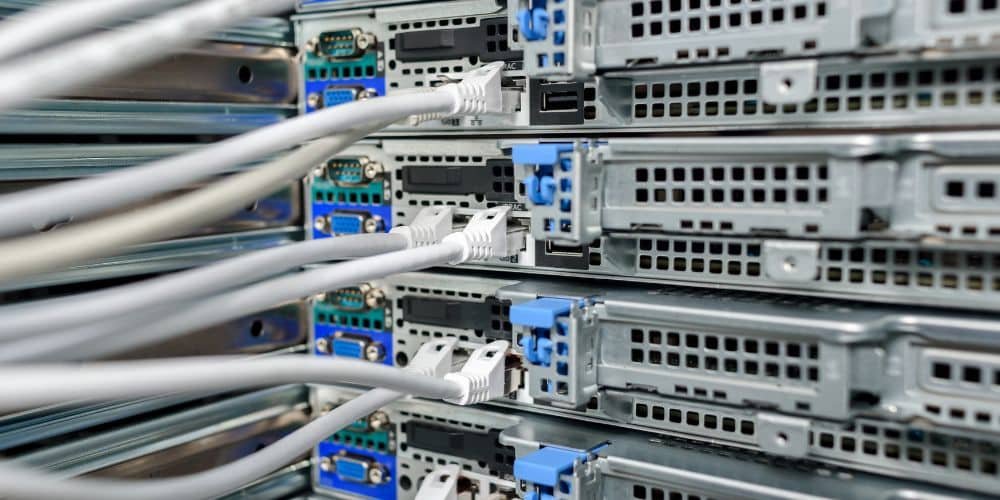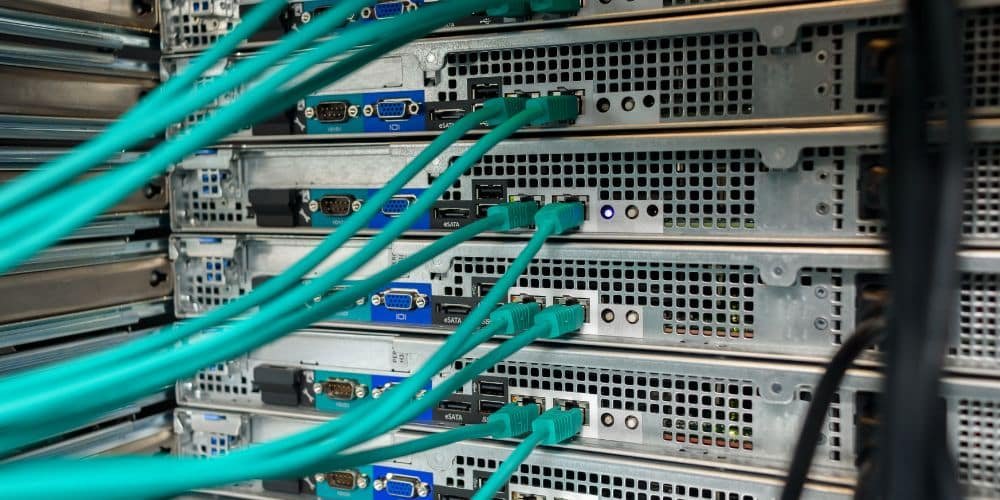In the digital age, where data is the lifeblood of businesses, the efficiency of data centers has a profound impact on operations. A critical element of a well-functioning data center is its cabling infrastructure. In this comprehensive post, we delve into the world of data center cabling, exploring its importance, best practices, and how it contributes to the seamless functioning of your organization’s digital core.
The Backbone of Digital Operations: Understanding Data Center Cabling
Data center cabling serves as the backbone that connects servers, storage systems, networking equipment, and more. It forms the physical foundation for the exchange of data that drives business processes. Whether it’s a small in-house server room or a large-scale enterprise data center, an optimized cabling infrastructure is essential for maintaining high-speed connectivity and reducing latency.

Key Benefits of Efficient Data Center Cabling:
Optimized Performance:
Optimized performance within the context of data center cabling refers to the art of ensuring data transmission occurs at the highest achievable speeds and quality. It involves designing, organizing, and maintaining cabling systems to minimize signal degradation, latency, and bottlenecks, ultimately enhancing overall
Scalability:
Scalability refers to a system’s capacity to handle increasing workloads, demands, or growth without compromising performance, quality, or user experience. Whether it’s an application, a business process, or a technological infrastructure, scalability ensures that a solution remains effective as needs evolve.

Enhanced Reliability:
Enhanced reliability signifies the state of a system, process, or technology where it consistently performs its intended functions without unexpected interruptions, glitches, or failures. It’s the assurance that critical aspects of your business remain operational when you need them the most.
Improved Airflow and Cooling:
Improved airflow and cooling refer to the deliberate design and implementation of strategies that enhance the circulation of air and regulate temperatures within a data center environment. These strategies aim to prevent hotspots, minimize energy consumption, and promote consistent equipment performance.
Reduced Maintenance Time:
Reduced maintenance time signifies the concerted effort to streamline and optimize maintenance procedures to minimize the duration and frequency of interruptions caused by upkeep tasks. It’s about creating an environment where systems can run efficiently with minimal downtime for maintenance.

Implementing Effective Data Center Cabling:
- Planning and Design: Begin with meticulous planning. Analyze your data center’s current and future needs to create a cabling design that accommodates growth, minimizes cable congestion, and separates power and data cables.
- Structured Cabling: Adopt a structured cabling approach that adheres to industry standards. This approach ensures uniformity and simplifies future upgrades or modifications.
- Cable Management: Implement effective cable management practices, such as cable trays, labels, and color coding. These practices maintain order and simplify maintenance tasks.
- Testing and Certification: Rigorous testing and certification of cabling systems validate their performance. This step ensures that the cabling infrastructure meets industry standards and is capable of delivering optimal results.
- Documentation: Maintain thorough documentation of your cabling infrastructure. Accurate records aid in troubleshooting, future expansions, and changes to the network.

Data center cabling is the silent hero that empowers the digital landscape of businesses. It influences the speed, efficiency, and reliability of data transmission, ultimately impacting the bottom line. By investing in a well-planned and structured cabling infrastructure, you’re investing in the foundation of your data-driven success. Embrace the power of efficient data center cabling and unlock the potential for seamless operations, scalability, and sustained growth in an increasingly connected world.

